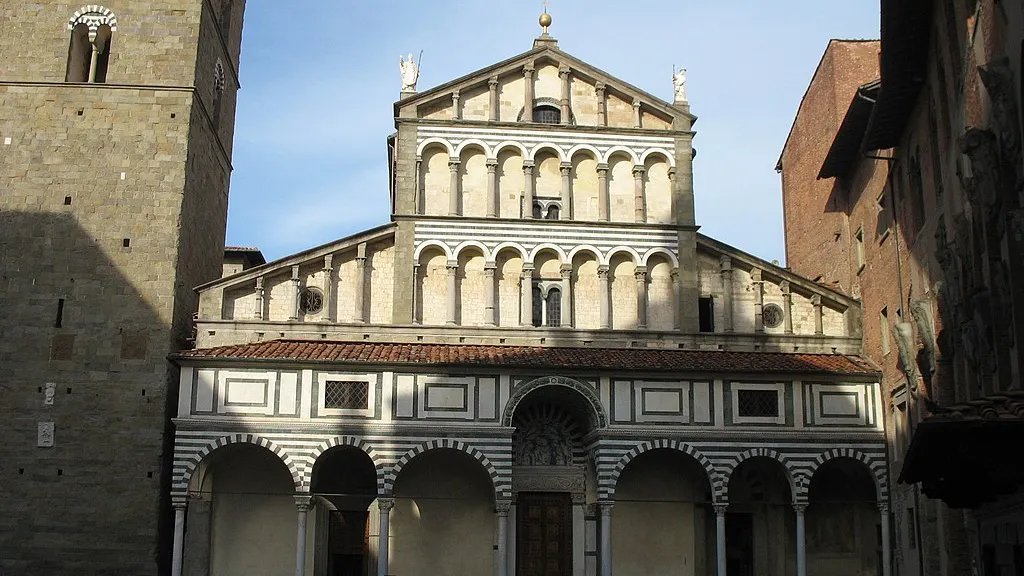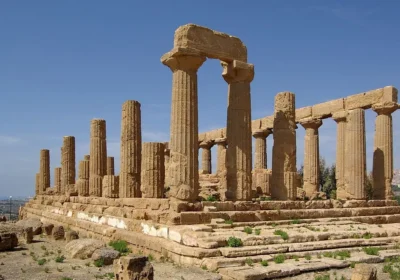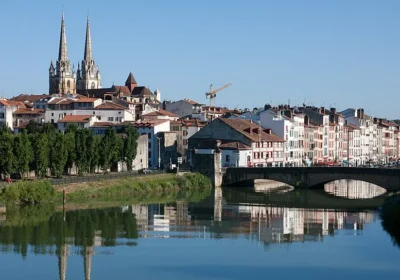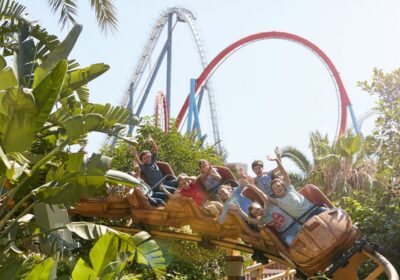Tour of Pistoia.
Located north of Florence, 35 km, not far from Pisa, whose neighbourhood has undoubtedly influenced the development of this town. Pistoia is an ancient city – proclaimed Italian Capital of Culture 2017. This means that, in addition to its main attractions and treasures, the city offers tourists a well-developed infrastructure and a rich cultural programme.
Pistoia originated in antiquity near the Etruscan settlement and gradually built up its influence throughout the Middle Ages. The city reached its greatest prosperity in the 12th century, when it was the work of outstanding architects, painters and sculptors. There are many wonderful churches and palazzos in the city, so lovers of cultural attractions will find plenty to see and do. Pistoia Cathedral Square is one of the most spectacular architectural and urban ensembles in Italy. The Cathedral of San Zeno has a Romanesque façade crowned with statues of St Zeno and the Apostle James Zebedeev, the patron saint of the city. The cathedral was built around the 10th century. Its interior was decorated three centuries later; some frescoes were added in the following centuries. The main attraction of the cathedral is the silver altar of St. James, which was worked on by the best jewellers of the 12th and 15th centuries. In the presbytery area you can go down a level and see the ruins of the original temple building and an ancient villa from the Roman Empire period.
A magnificent 67-metre high Romanesque bell tower with three tiers of loggias and a hipped roof stands to the left of the facade. The Baptistery of San Giovanni in Corte, an octagonal Gothic building with a large dome in white and green stripes, is built in the southern part of the square, opposite the facade of the cathedral. Inside there is a font from 1226 by Lanfranco da Como. Next to the baptistery, on the west side of the square, is another masterpiece of Gothic architecture, the Palazzo dei Vescovi, built in the 11th century as a fortified palace and rebuilt a century later in the form that has survived to this day. It was the seat of the local bishops for several centuries. On the eastern side of the square is another palace, the Palazzo del Comune. Its construction began in the XIII century and was completed only in the middle of the XIV century. Here is the city museum; also notable are the Cinquecento frescoes decorating the interiors of the palazzo. Finally, on the west side of the square is the Palazzo Pretorio, in the same Gothic style that dominates the architectural ensemble of the square. The building fits perfectly into this context, despite extensive reconstruction in the 19th century. The city’s other churches are also worth a look: at San Giovanni Fuoricivitas, for example, you can admire Luca della Robbia’s glazed terracotta “Visitation of Mary”, Giovanni Pisano’s sprinkler and Taddeo Gaddi’s polyptych, while the Renaissance Basilica of the Madonna del Umilta features a dome designed by Giorgio Vasari and reminiscent of Brunelleschi’s cathedral dome in neighbouring Florence.

















